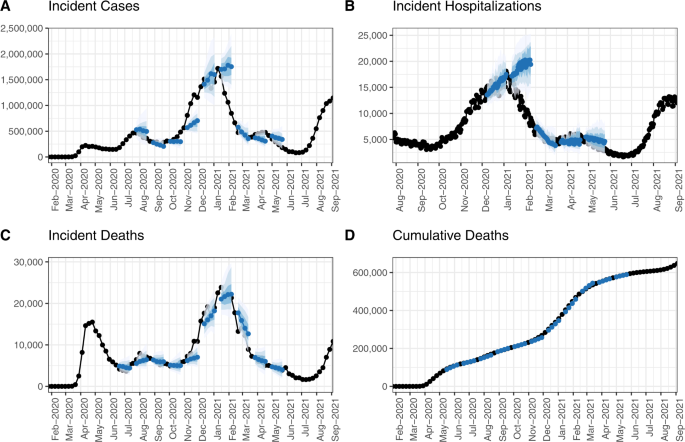A recent academic paper presents an innovative approach to predicting multi-asset returns, introducing a model named GraFiN-Gen. Developed by Milena Vuletic and her advisor, Mihai Cucuringu, this method leverages graph structures to merge conditional generative models, enhancing both the power and interpretability of financial market forecasts. Unlike traditional models that combine individual forecasts, GraFiN-Gen integrates entire conditional return distributions. Central to this method is a graph framework that models the flow of predictive signals among financial assets. The graph’s edges are weighted according to an economic profit-maximization criterion, reformulated using LASSO regression. This approach yields a sparse, computationally efficient graph structure with clear interpretability and superior performance. The study showcases the model’s effectiveness by integrating it with Fin-GAN, a conditional generative adversarial network for asset forecasting, demonstrating that it outperforms several benchmarks. The research builds on previous work on Fin-GAN, with the original code available on GitHub.
This website uses cookies to improve your experience. We assume you agree, but you can opt out if you wish. Accept More Info


